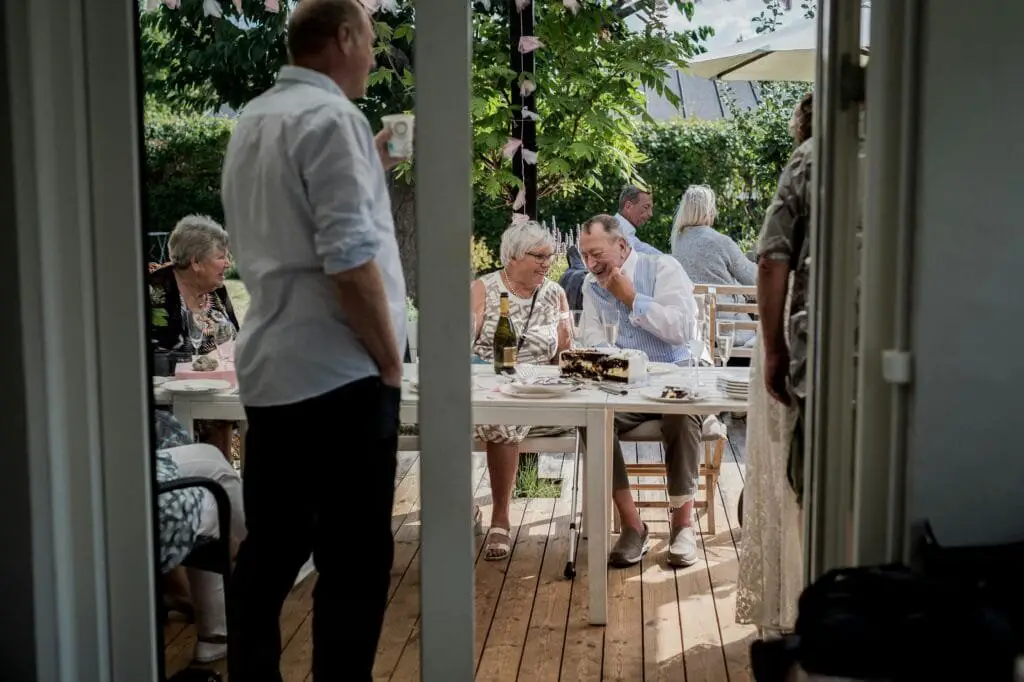1. The A-Team
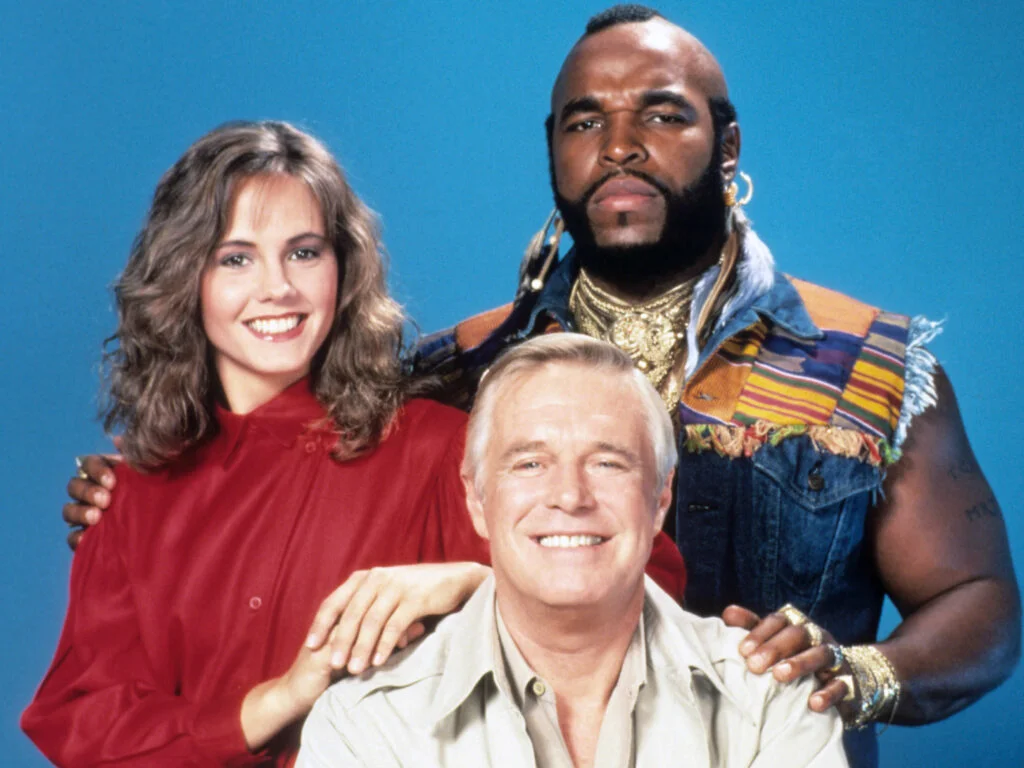
The A-Team took the world by storm in the ’80s with its high-octane action and lovable, misfit characters. The show’s appeal lay in its charismatic team of ex-soldiers, led by the rugged and cool Hannibal Smith, as they took on various missions with explosive results. Its blend of action, humor, and friendship made it an unforgettable part of ’80s pop culture. Today, its influence can be seen in the countless action series that balance over-the-top stunts with witty banter.
The formula of a ragtag group solving problems against all odds is still widely used in TV today. Shows like Leverage and Prison Break have drawn inspiration from The A-Team’s team dynamics and plot structure. Fans continue to resonate with the characters who often find themselves in impossible situations, showcasing the lasting impact of this iconic series.
2. Cheers
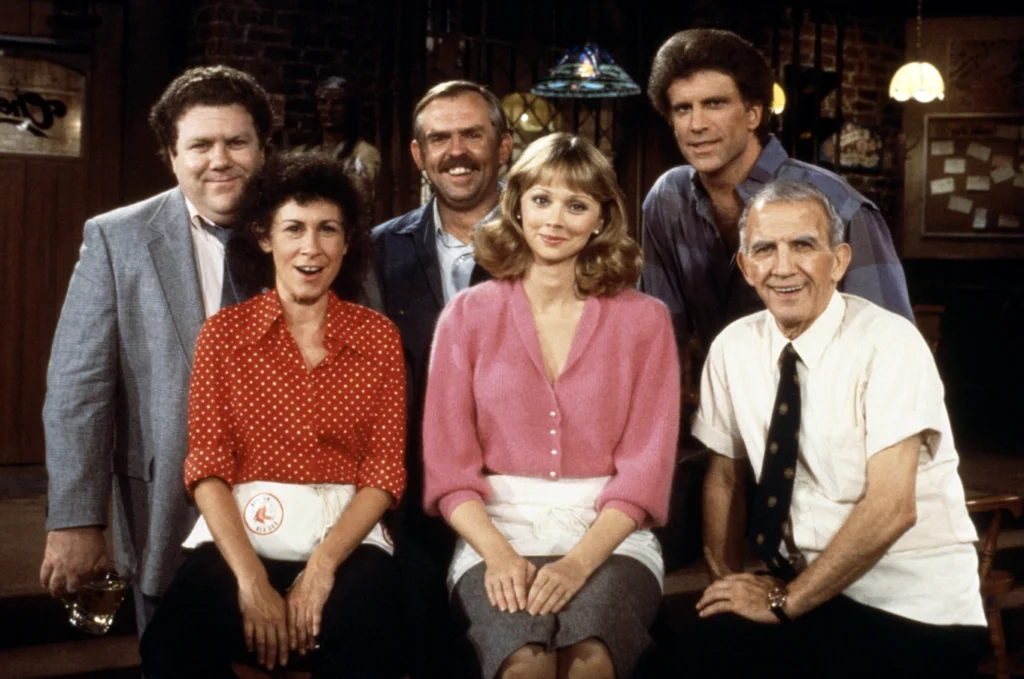
Set in a Boston bar where everyone knew your name, Cheers became a groundbreaking sitcom for its wit, charm, and ensemble cast. The show’s ability to tackle complex relationships with humor and heart set it apart, making it a cultural landmark. Characters like Sam Malone, Diane Chambers, and the always-quotable Norm were just a few reasons why Cheers resonated with audiences for over a decade. Its influence is felt today, particularly in shows that focus on a central setting and group dynamics.
Modern sitcoms like Parks and Recreation and The Good Place owe a lot to Cheers. These shows have adopted the idea of a tight-knit ensemble cast working through both comedic and serious moments, just as the characters at Cheers did in their own way. The setting of a central location, like a bar or workplace, continues to be a favorite among creators.
3. The Twilight Zone (1985 revival)
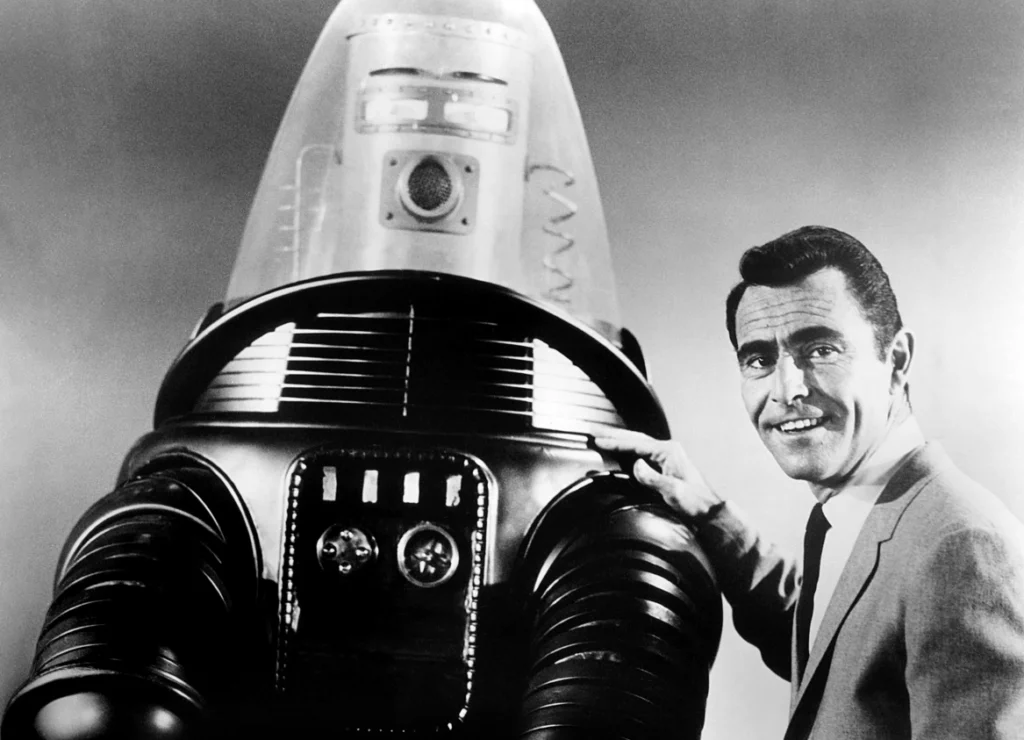
While the original Twilight Zone was a revolutionary force in television, the 1985 revival continued the legacy with eerie, thought-provoking episodes that blurred the lines between reality and the supernatural. The revival’s anthology format, where each episode told a new story, inspired a generation of creators to experiment with the format. Episodes like “Shatterday” and “The Last Defender of Camelot” explored themes of identity, morality, and human nature, keeping the show fresh and relevant.
Today, The Twilight Zone’s anthology format can be seen in shows like Black Mirror and The Outer Limits. These series continue to captivate audiences with their ability to explore complex issues within self-contained stories. Its approach to storytelling has proven to be timeless, influencing writers and directors to explore the unknown in new and creative ways.
4. Miami Vice
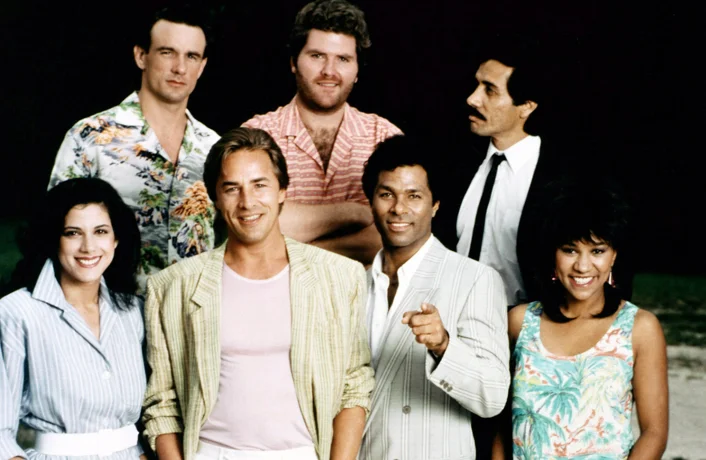
With its flashy style, pastel colors, and a memorable soundtrack, Miami Vice defined ’80s television. It introduced viewers to the fast-paced world of undercover cops, Sonny Crockett and Ricardo Tubbs, and set the stage for many crime dramas that followed. The show’s influence extended beyond its action-packed plotlines; it revolutionized the way television could look, making style an integral part of the storytelling.
The stylistic and musical elements of Miami Vice continue to influence TV and film today. Shows like Narcos and Breaking Bad have drawn inspiration from Miami Vice’s vibrant, visually-driven storytelling. Its bold use of music and fashion set a standard for how television could mix substance with style in a way that’s still being replicated in contemporary crime dramas.
5. Family Ties
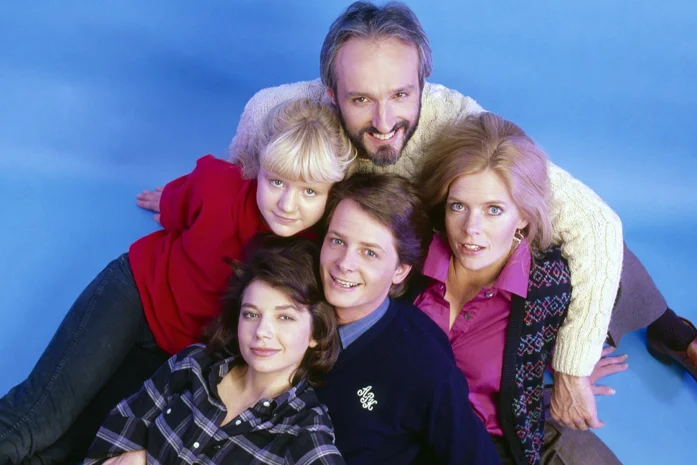
Family Ties captured the complexities of family life during the ’80s with the Keaton family, particularly the humorous yet heartfelt dynamic between parents and their conservative son, Alex P. Keaton. The show explored social and political issues of the time, often through the lens of Alex’s quirky character, played by Michael J. Fox. Family Ties remains beloved for how it blended humor with thought-provoking themes, providing a relatable look at family life.
Shows like The Middle and The Goldbergs have taken cues from Family Ties’ ability to mix generational comedy with societal commentary. The family dynamic, often exploring how parents and children view the world differently, is still a central theme in many sitcoms. The enduring success of Family Ties shows how audiences still connect with shows that reflect the universal experience of growing up and understanding your family’s values.
6. The Wonder Years
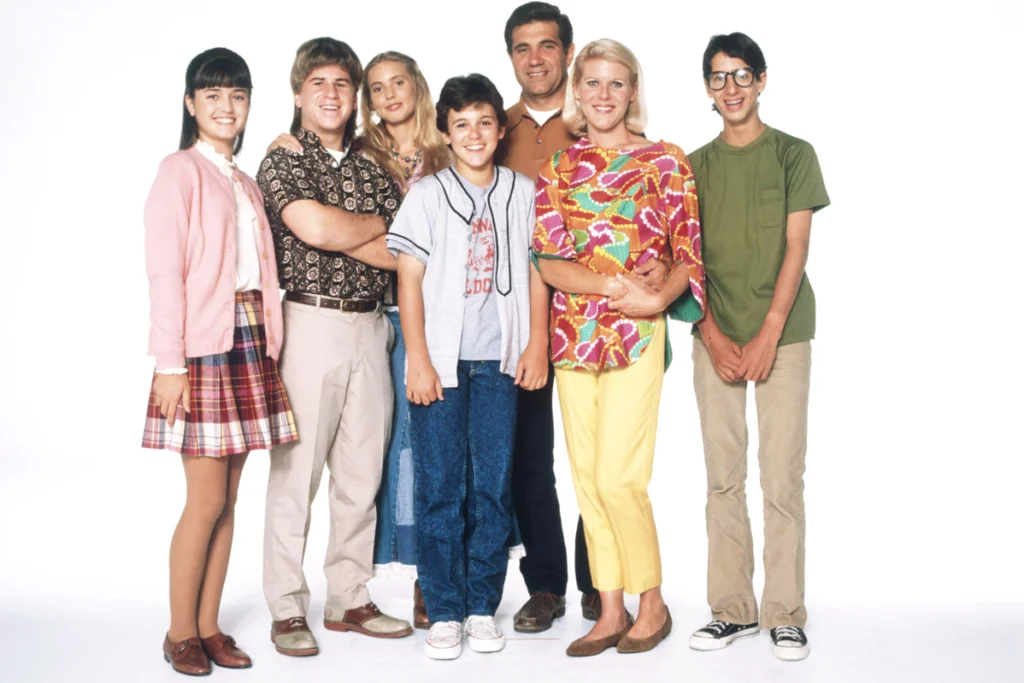
The Wonder Years set itself apart by blending nostalgia with coming-of-age storytelling. Set during the turbulent ’60s and ’70s, it followed Kevin Arnold as he navigated the challenges of adolescence, family dynamics, and the changing social landscape. What made it truly stand out was its emotional depth and its ability to capture both the humor and sadness of growing up.
Today, The Wonder Years continues to inspire creators, particularly those who seek to blend the personal with the universal. Shows like This Is Us and The Goldbergs have adopted a similar mix of heartfelt nostalgia and family-driven storytelling. The show’s unique approach to capturing the complexities of youth and family resonates with audiences even decades after its original run.


